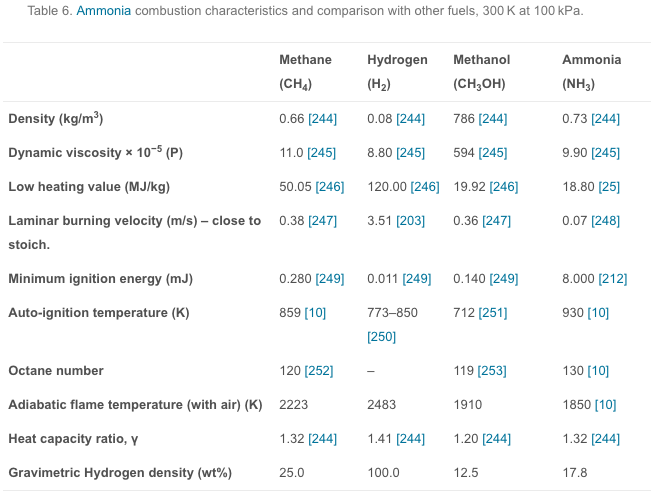Catalytic conversion of dinitrogen (N2) into ammonia under ambient conditions represents one of the Holy Grails in catalysis and surface science. As a potential alternative to the Haber-Bosch process, electrochemical reduction of N2 to NH3 is attractive owing to its renewability and flexibility, as well as sustainability for producing and storing value-added chemicals from the abundant feedstock of water and nitrogen on earth. However, owing to the kinetically complex and energetically challenging N2 reduction reaction (NRR) process, NRR electrocatalysts with high catalytic activity and high selectivity are rare. In this contribution, as a proof-of-concept, we demonstrate that both the NH3…
Content Related to Tsinghua University
Article
Ammonia for Power: a literature review
Trevor Brown October 04, 2018
"Ammonia for Power" is an open-access literature review that includes over 300 citations for recent and ongoing research in the use of ammonia in engines, fuel cells, and turbines, as well as providing references to decades of historical case studies and publications. The review, written by a consortium of ammonia energy experts from the University of Cardiff, University of Oxford, the UK's Science and Technology Facilities Council, and Tsinghua University in China, can be found in the November 2018 edition of Progress in Energy and Combustion Science.

